Home>Articles>What Temperature To Cook Fish In Electric Skillet
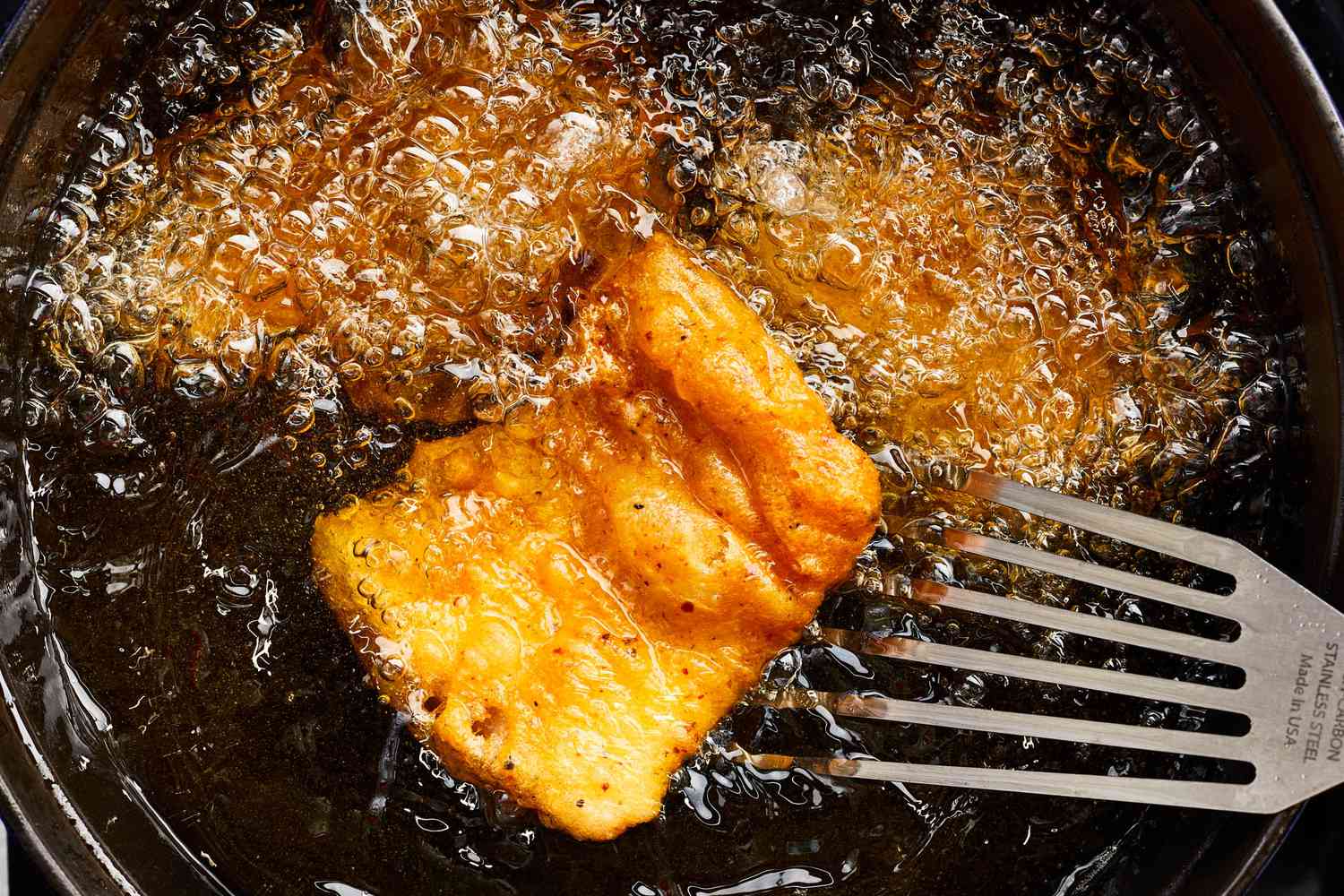

Articles
What Temperature To Cook Fish In Electric Skillet
Modified: January 5, 2024
Looking for articles on what temperature to cook fish in an electric skillet? Find expert tips and tricks for perfectly cooked fish in our informative guides.
(Many of the links in this article redirect to a specific reviewed product. Your purchase of these products through affiliate links helps to generate commission for Storables.com, at no extra cost. Learn more)
Introduction
When it comes to cooking fish, using an electric skillet can be a convenient and efficient option. Whether you’re an experienced home cook or just starting out in the kitchen, understanding the optimal temperature to cook fish in an electric skillet is essential for achieving delicious and perfectly cooked results.
Electric skillets offer precise temperature control, even heat distribution, and the ability to maintain a consistent temperature throughout the cooking process. These features make them ideal for cooking delicate fish, ensuring that it is cooked to perfection and retains its moisture and flavor.
In this article, we will explore the factors to consider when cooking fish in an electric skillet, the recommended cooking temperatures for different types of fish, and provide some helpful tips and common mistakes to avoid. Whether you’re cooking salmon, tilapia, or any other type of fish, this guide will help you achieve succulent, tender results every time.
Key Takeaways:
- Achieve perfectly cooked fish in your electric skillet by considering factors like fish thickness, type, and desired doneness. Follow recommended temperatures and expert tips for succulent, flavorful results every time.
- Avoid common mistakes like cooking at too high heat, overcrowding the skillet, and neglecting to season the fish. Preheat the skillet, use appropriate seasoning, and monitor the internal temperature for perfectly cooked fish in your electric skillet.
Factors to Consider when Cooking Fish in an Electric Skillet
When cooking fish in an electric skillet, there are several factors to consider to ensure the best results. These factors play a crucial role in determining the cooking temperature, cooking time, and overall quality of the cooked fish.
1. Thickness of the Fish:
The thickness of the fish fillet or steak is an important consideration when determining the cooking time and temperature. Thicker cuts will require a longer cooking time at a lower temperature to ensure that the fish is evenly cooked throughout. Thinner cuts, on the other hand, will require less time and a higher temperature to avoid overcooking.
2. Type of Fish:
Each type of fish has its own unique characteristics, including texture, flavor, and moisture content. Different types of fish require different cooking times and temperatures to achieve optimal results. Some delicate fish, such as flounder or sole, require a lower cooking temperature to keep them tender and moist. Other robust fish, like tuna or swordfish, can withstand higher temperatures for a shorter cooking time.
3. Desired Level of Doneness:
Your personal preference for the level of doneness also influences the cooking temperature. If you prefer your fish to be medium-rare with a slightly translucent center, you will need to cook it at a lower temperature for a shorter time. For a well-done, fully cooked fish, a higher temperature and longer cooking time will be necessary.
4. Skillet Temperature Control:
Electric skillets offer precise temperature control, which is a great advantage when cooking fish. It is crucial to preheat the skillet before adding the fish to ensure even cooking and prevent sticking. Adjusting the temperature during cooking may also be necessary to maintain the desired heat level and prevent overcooking or undercooking.
5. Additional Ingredients and Seasonings:
The presence of additional ingredients and seasonings, such as marinades, sauces, or herbs, can affect the cooking temperature. Some ingredients may require lower temperatures or even indirect heat to prevent burning or overpowering the delicate flavor of the fish. It is important to consider the overall balance of flavors and adjust the cooking temperature accordingly.
By taking these factors into account, you can ensure that your fish is cooked to perfection in your electric skillet. Now let’s move on to the recommended cooking temperatures for different types of fish.
Recommended Cooking Temperatures for Different Types of Fish
Knowing the recommended cooking temperatures for different types of fish is crucial for achieving the perfect balance of texture and flavor. Here are some general guidelines for cooking various types of fish in an electric skillet:
1. Salmon:
Salmon is a popular and versatile fish that can be cooked to different levels of doneness. For medium-rare salmon, aim for a cooking temperature of around 125°F (52°C). If you prefer a well-done salmon, increase the temperature to about 145°F (63°C). It’s important to note that cooking times may vary based on the thickness of the salmon fillet.
2. Tilapia:
Tilapia is a mild and delicate fish that cooks relatively quickly. To prevent overcooking, set your electric skillet to a temperature of around 375°F (190°C). Tilapia is done when it reaches an internal temperature of 145°F (63°C) and flakes easily with a fork.
3. Cod:
Cod has a firm texture and a slightly sweet flavor. To cook cod to perfection, set your electric skillet to a temperature of around 400°F (200°C). Cook until the internal temperature reaches 145°F (63°C), and the fish is opaque and flakes easily.
4. Mahi-Mahi:
Mahi-Mahi, also known as dorado, has a slightly stronger flavor and a firm texture. Aim for a cooking temperature of around 375°F (190°C) and cook until the internal temperature reaches 140-145°F (60-63°C). The fish should be opaque and easily flake with a fork.
5. Snapper:
Snapper is a delicate yet flavorful fish with firm, white flesh. Set your electric skillet to a temperature of around 375°F (190°C). Cook until the internal temperature reaches 145°F (63°C) and the fish is opaque and flakes easily.
6. Halibut:
Halibut is a dense and meaty fish with a delicate flavor. Preheat your electric skillet to a temperature of around 375°F (190°C). Cook until the internal temperature reaches 145°F (63°C), and the fish is opaque and easily flakes with a fork.
These cooking temperatures serve as a general guide, but it’s essential to adjust them based on the thickness of the fish and personal preference. Using a meat thermometer can help ensure that the fish reaches the desired doneness without overcooking.
Now that you know the recommended cooking temperatures, let’s explore some valuable tips for cooking fish in an electric skillet.
Tips for Cooking Fish in an Electric Skillet
Cooking fish in an electric skillet can be a breeze with the right techniques and tips. Here are some valuable tips to help you achieve perfectly cooked fish every time:
1. Preheat the Electric Skillet:
Before adding the fish, make sure to preheat the electric skillet to the desired cooking temperature. This ensures even heat distribution and helps prevent the fish from sticking to the surface.
2. Pat the Fish Dry:
Before cooking, pat the fish dry with paper towels to remove any excess moisture. This step helps to promote a crispy exterior and prevents the fish from becoming soggy during cooking.
3. Season the Fish:
Season the fish with salt, pepper, and any other desired seasonings before adding it to the electric skillet. This enhances the flavor of the fish and adds depth to the final dish.
4. Use a Non-Stick Cooking Spray or Oil:
To prevent the fish from sticking to the surface of the electric skillet, lightly coat it with a non-stick cooking spray or a small amount of oil. This creates a slippery surface and facilitates easy flipping and removal of the fish.
5. Cook in Batches if Necessary:
If you’re cooking a large quantity of fish, it’s often best to cook it in batches. Overcrowding the skillet can lead to uneven cooking and steaming instead of achieving a desirable sear on the fish.
6. Avoid Constant Flipping:
When cooking fish, it’s best to flip it only once to prevent it from falling apart or becoming dry. Allow the fish to cook on one side until it develops a crispy crust, then gently flip it over and continue cooking until it reaches the desired doneness.
7. Monitor the Internal Temperature:
Use a meat thermometer to monitor the internal temperature of the fish. This ensures that it is cooked to the appropriate level of doneness without overcooking.
8. Let the Fish Rest:
After cooking, remove the fish from the electric skillet and let it rest for a few minutes before serving. This allows the juices to redistribute within the fish and results in more tender and flavorful bites.
By following these tips, you can achieve beautifully cooked fish in your electric skillet. However, there are a few common mistakes to avoid to ensure optimal results.
Common Mistakes to Avoid when Cooking Fish in an Electric Skillet
While cooking fish in an electric skillet can yield delicious results, there are a few common mistakes that can affect the outcome. By avoiding these mistakes, you can ensure that your fish turns out perfectly cooked and full of flavor. Here are some common mistakes to be aware of:
1. Cooking at Too High Heat:
One of the biggest mistakes when cooking fish in an electric skillet is using excessively high heat. This can lead to the fish becoming overcooked and dry. It’s important to follow the recommended cooking temperatures for each type of fish and adjust accordingly based on thickness and personal preference.
Read more: What Is An Electric Skillet
2. Overcooking the Fish:
Overcooking is a common mistake when it comes to cooking fish. It’s important to keep a close eye on the cooking time and internal temperature to prevent the fish from becoming dry and tough. Remember that fish continues to cook a bit even after it’s removed from the heat, so aim for slightly undercooked rather than overcooked fish.
3. Not Preheating the Skillet:
Skipping the preheating step can result in uneven cooking and sticking. Preheating the electric skillet allows it to reach the desired cooking temperature and helps prevent the fish from sticking to the surface.
4. Overcrowding the Skillet:
Overcrowding the skillet is another common mistake. It can lead to uneven cooking and prevent the fish from getting a nice sear. Cook the fish in batches if necessary to ensure that each piece has enough space to cook properly.
5. Using the Wrong Type of Oil:
Choosing the wrong type of oil can affect the flavor and texture of the fish. Opt for oils with high smoke points, such as vegetable oil, canola oil, or avocado oil, as they can withstand higher cooking temperatures without burning or imparting a strong flavor to the fish.
6. Not Allowing the Fish to Rest:
Resting the fish after cooking is an important step that is often overlooked. Allow the fish to rest for a few minutes before serving to allow the juices to redistribute, resulting in a more tender and flavorful final dish.
7. Neglecting to Season the Fish:
Seasoning the fish is essential for enhancing its flavor. Neglecting to season the fish can result in a bland and unappetizing taste. Be sure to season with salt, pepper, and other desired spices or herbs to elevate the flavor profile of the fish.
By avoiding these common mistakes and following the tips mentioned earlier, you can ensure that your fish is cooked to perfection in your electric skillet. Now you’re ready to enjoy a delicious and expertly prepared fish dish at home!
Conclusion
Cooking fish in an electric skillet can be a convenient and effective method for achieving perfectly cooked fish with tender texture and superb flavor. By considering factors such as the thickness of the fish, the type of fish, and your desired level of doneness, you can determine the optimal cooking temperature for each specific fish. Following the recommended cooking temperatures for popular types of fish will help guide you towards achieving the desired results.
Additionally, implementing the tips for cooking fish in an electric skillet, such as preheating the skillet, patting the fish dry, using appropriate seasoning, and avoiding common mistakes like cooking at too high heat or overcrowding the skillet, will result in a delicious and successful dish.
Remember to adjust the cooking time and temperature based on the thickness of the fish and personal preference. Using a meat thermometer can help ensure that the fish is cooked to the desired level of doneness without overcooking or undercooking.
By carefully considering these factors, following the recommended cooking temperatures and utilizing the provided tips, you can confidently cook fish in your electric skillet and impress both yourself and your guests with flavorful and perfectly cooked fish dishes.
Now, armed with the knowledge and techniques shared in this article, it’s time to put them into practice and enjoy the delightful experience of cooking fish in your electric skillet. So go ahead, explore different types of fish, experiment with seasonings, and savor the mouthwatering results of your culinary skills!
Frequently Asked Questions about What Temperature To Cook Fish In Electric Skillet
Was this page helpful?
At Storables.com, we guarantee accurate and reliable information. Our content, validated by Expert Board Contributors, is crafted following stringent Editorial Policies. We're committed to providing you with well-researched, expert-backed insights for all your informational needs.

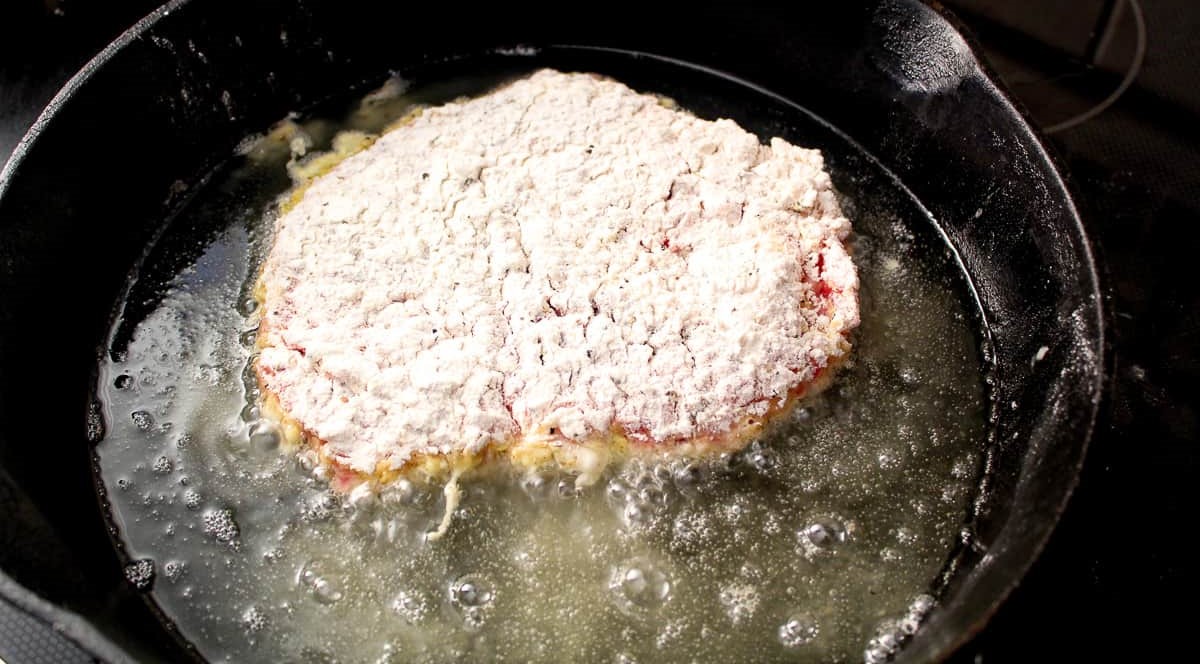
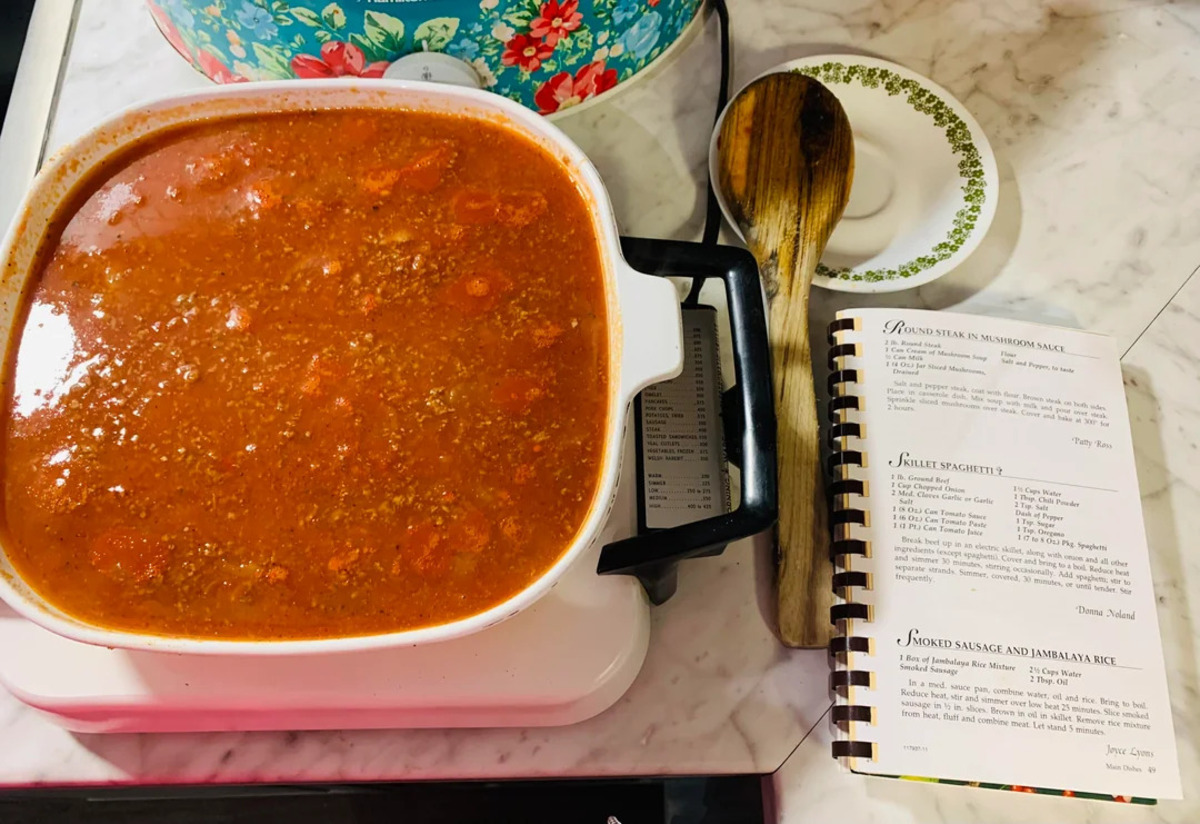
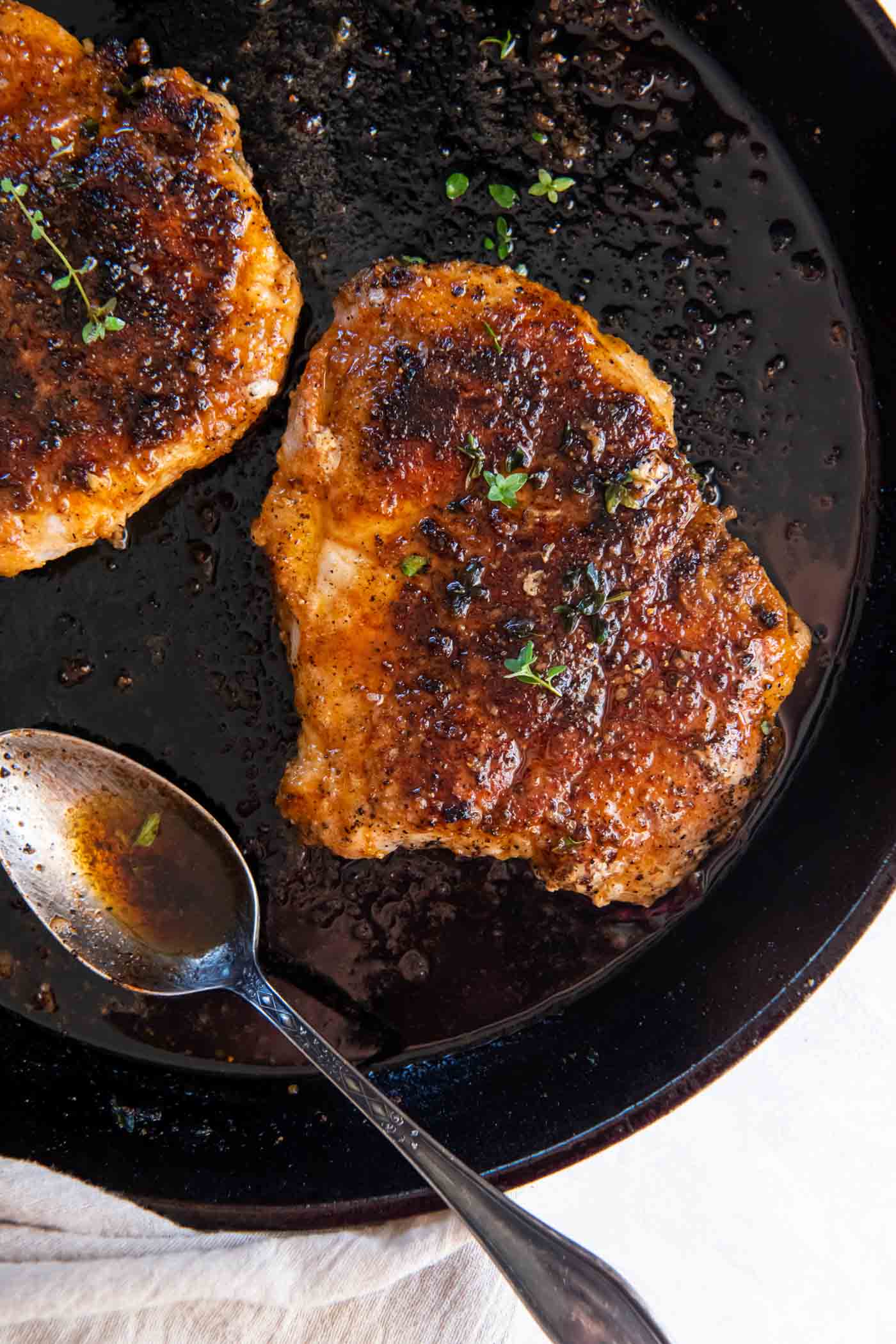
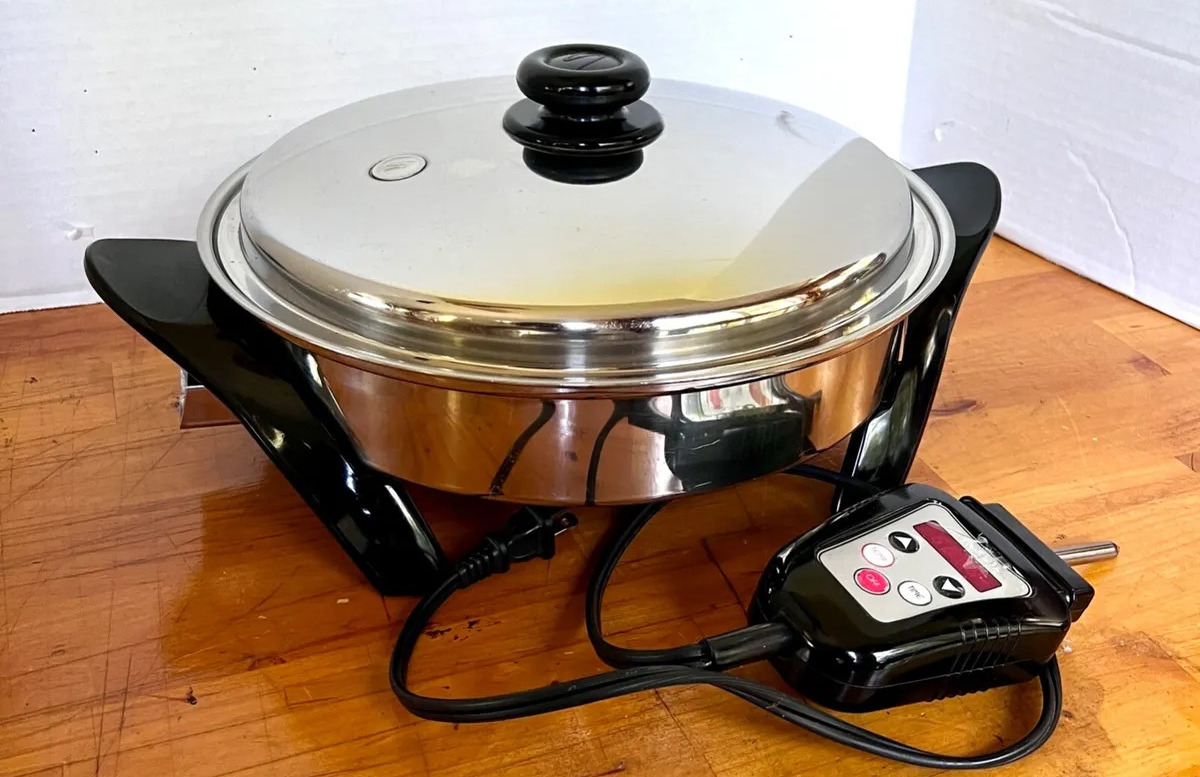
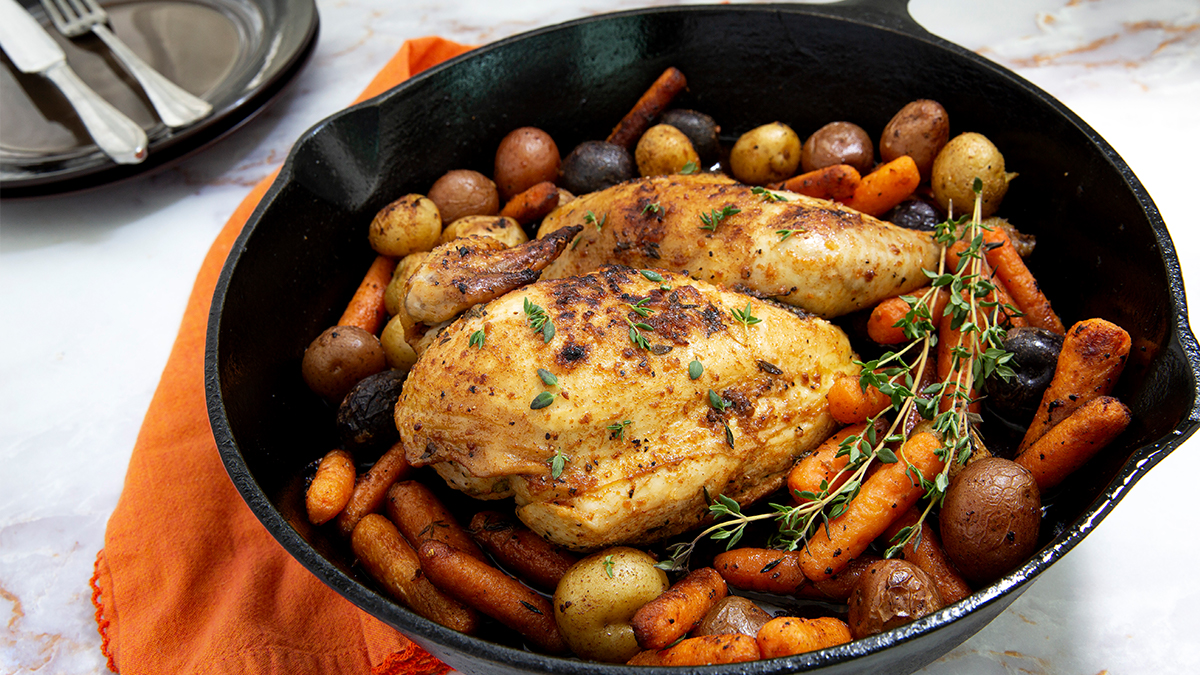
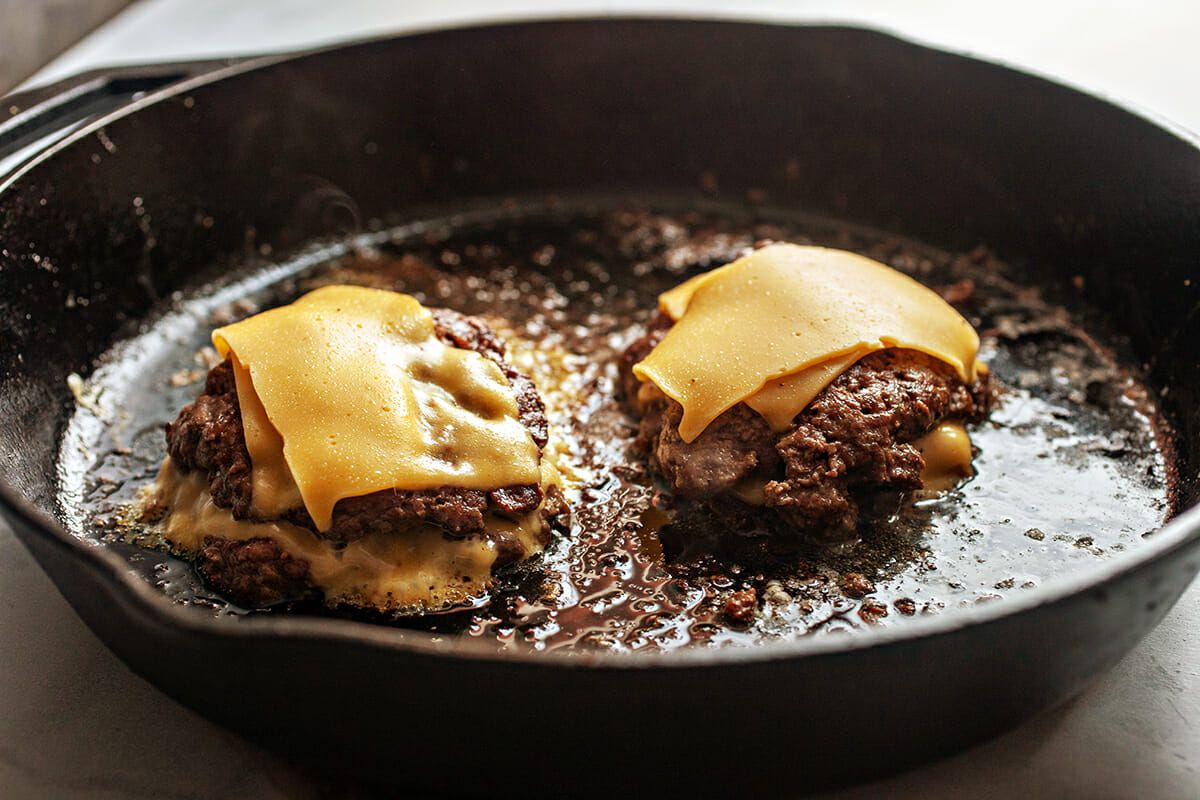
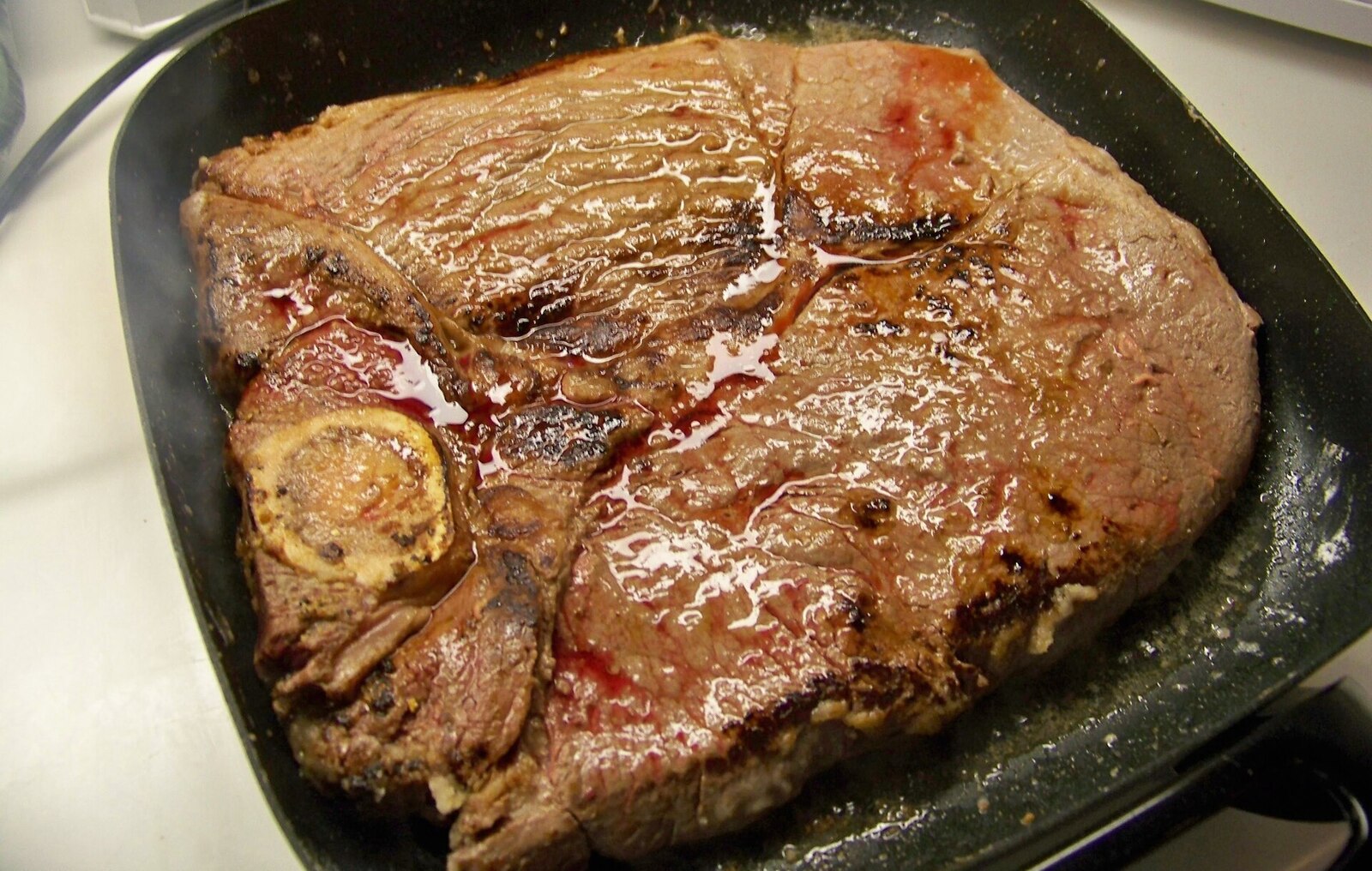

0 thoughts on “What Temperature To Cook Fish In Electric Skillet”